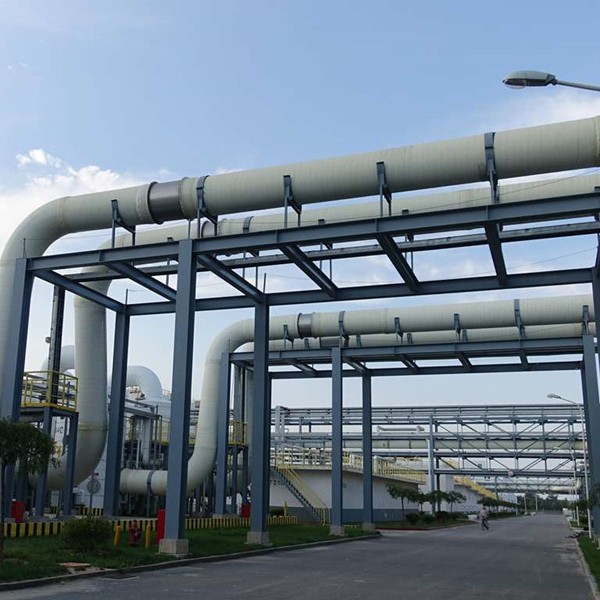
-
 Afrikaans
Afrikaans -
 Albanian
Albanian -
 Amharic
Amharic -
 Arabic
Arabic -
 Armenian
Armenian -
 Azerbaijani
Azerbaijani -
 Basque
Basque -
 Belarusian
Belarusian -
 Bengali
Bengali -
 Bosnian
Bosnian -
 Bulgarian
Bulgarian -
 Catalan
Catalan -
 Cebuano
Cebuano -
 China
China -
 China (Taiwan)
China (Taiwan) -
 Corsican
Corsican -
 Croatian
Croatian -
 Czech
Czech -
 Danish
Danish -
 Dutch
Dutch -
 English
English -
 Esperanto
Esperanto -
 Estonian
Estonian -
 Finnish
Finnish -
 French
French -
 Frisian
Frisian -
 Galician
Galician -
 Georgian
Georgian -
 German
German -
 Greek
Greek -
 Gujarati
Gujarati -
 Haitian Creole
Haitian Creole -
 hausa
hausa -
 hawaiian
hawaiian -
 Hebrew
Hebrew -
 Hindi
Hindi -
 Miao
Miao -
 Hungarian
Hungarian -
 Icelandic
Icelandic -
 igbo
igbo -
 Indonesian
Indonesian -
 irish
irish -
 Italian
Italian -
 Japanese
Japanese -
 Javanese
Javanese -
 Kannada
Kannada -
 kazakh
kazakh -
 Khmer
Khmer -
 Rwandese
Rwandese -
 Korean
Korean -
 Kurdish
Kurdish -
 Kyrgyz
Kyrgyz -
 Lao
Lao -
 Latin
Latin -
 Latvian
Latvian -
 Lithuanian
Lithuanian -
 Luxembourgish
Luxembourgish -
 Macedonian
Macedonian -
 Malgashi
Malgashi -
 Malay
Malay -
 Malayalam
Malayalam -
 Maltese
Maltese -
 Maori
Maori -
 Marathi
Marathi -
 Mongolian
Mongolian -
 Myanmar
Myanmar -
 Nepali
Nepali -
 Norwegian
Norwegian -
 Norwegian
Norwegian -
 Occitan
Occitan -
 Pashto
Pashto -
 Persian
Persian -
 Polish
Polish -
 Portuguese
Portuguese -
 Punjabi
Punjabi -
 Romanian
Romanian -
 Russian
Russian -
 Samoan
Samoan -
 Scottish Gaelic
Scottish Gaelic -
 Serbian
Serbian -
 Sesotho
Sesotho -
 Shona
Shona -
 Sindhi
Sindhi -
 Sinhala
Sinhala -
 Slovak
Slovak -
 Slovenian
Slovenian -
 Somali
Somali -
 Spanish
Spanish -
 Sundanese
Sundanese -
 Swahili
Swahili -
 Swedish
Swedish -
 Tagalog
Tagalog -
 Tajik
Tajik -
 Tamil
Tamil -
 Tatar
Tatar -
 Telugu
Telugu -
 Thai
Thai -
 Turkish
Turkish -
 Turkmen
Turkmen -
 Ukrainian
Ukrainian -
 Urdu
Urdu -
 Uighur
Uighur -
 Uzbek
Uzbek -
 Vietnamese
Vietnamese -
 Welsh
Welsh -
 Bantu
Bantu -
 Yiddish
Yiddish -
 Yoruba
Yoruba -
 Zulu
Zulu
frp piping system
An Overview of FRP Piping Systems
Fiberglass Reinforced Plastic (FRP) piping systems have gained prominence in various industries due to their remarkable properties and advantages. Composed of a polymer matrix reinforced with glass fibers, FRP piping systems exhibit outstanding strength-to-weight ratios, corrosion resistance, and adaptability to a variety of applications. This article explores the benefits, applications, and considerations associated with FRP piping systems.
An Overview of FRP Piping Systems
The lightweight nature of FRP systems is another compelling feature. Compared to metal pipes, FRP pipes are significantly lighter, which reduces installation and transportation costs. This characteristic also allows for easier handling during installation, minimizing the risk of injuries on-site. In applications where weight is a critical factor, such as offshore oil rigs or high-rise buildings, FRP piping is particularly advantageous.
frp piping system

Additionally, FRP piping systems offer excellent thermal insulation properties. The low thermal conductivity of FRP helps maintain temperature stability within the pipes, making them suitable for transporting hot and cold fluids. This energy efficiency contributes to lower overall operational costs in facilities that rely on consistent temperature control.
Another benefit of FRP piping systems is their durability. The ability of FRP to withstand dynamic loads and resist impact makes it a robust choice for various installations. The long service life of FRP pipes, often exceeding 50 years with minimal maintenance, translates to reduced replacement costs and operational downtime.
However, some considerations should be taken into account when selecting FRP piping systems. Although the upfront cost may be higher than traditional piping materials, the long-term savings associated with reduced maintenance, extended service life, and energy efficiency often outweigh initial investments. Furthermore, working with FRP requires specialized skills and knowledge for proper installation and maintenance, underscoring the importance of employing experienced contractors.
In conclusion, FRP piping systems provide an innovative solution for numerous industrial applications due to their corrosion resistance, lightweight properties, thermal insulation, and durability. As industries continue to seek efficient, cost-effective, and sustainable solutions, the adoption of FRP piping systems is likely to expand, paving the way for safer and more reliable infrastructures globally. As technology advances and more tailored solutions emerge, FRP piping is set to play an essential role in modern engineering and construction practices.
Latest news
-
Exploring the Benefits of Top Hammer Drifter Rods for Enhanced Drilling PerformanceNewsJun.10,2025
-
High-Precision Fiberglass Winding Machine for GRP/FRP Pipe Production – Reliable & Efficient SolutionsNewsJun.10,2025
-
FRP Pipes & Fittings for Shipbuilding - Corrosion-Resistant & LightweightNewsJun.09,2025
-
Premium FRP Flooring Solutions Durable & Slip-ResistantNewsJun.09,2025
-
Premium Fiberglass Rectangular Tanks Durable & Lightweight SolutionNewsJun.09,2025
-
Tapered Drill String Design Guide Durable Performance & UsesNewsJun.09,2025









